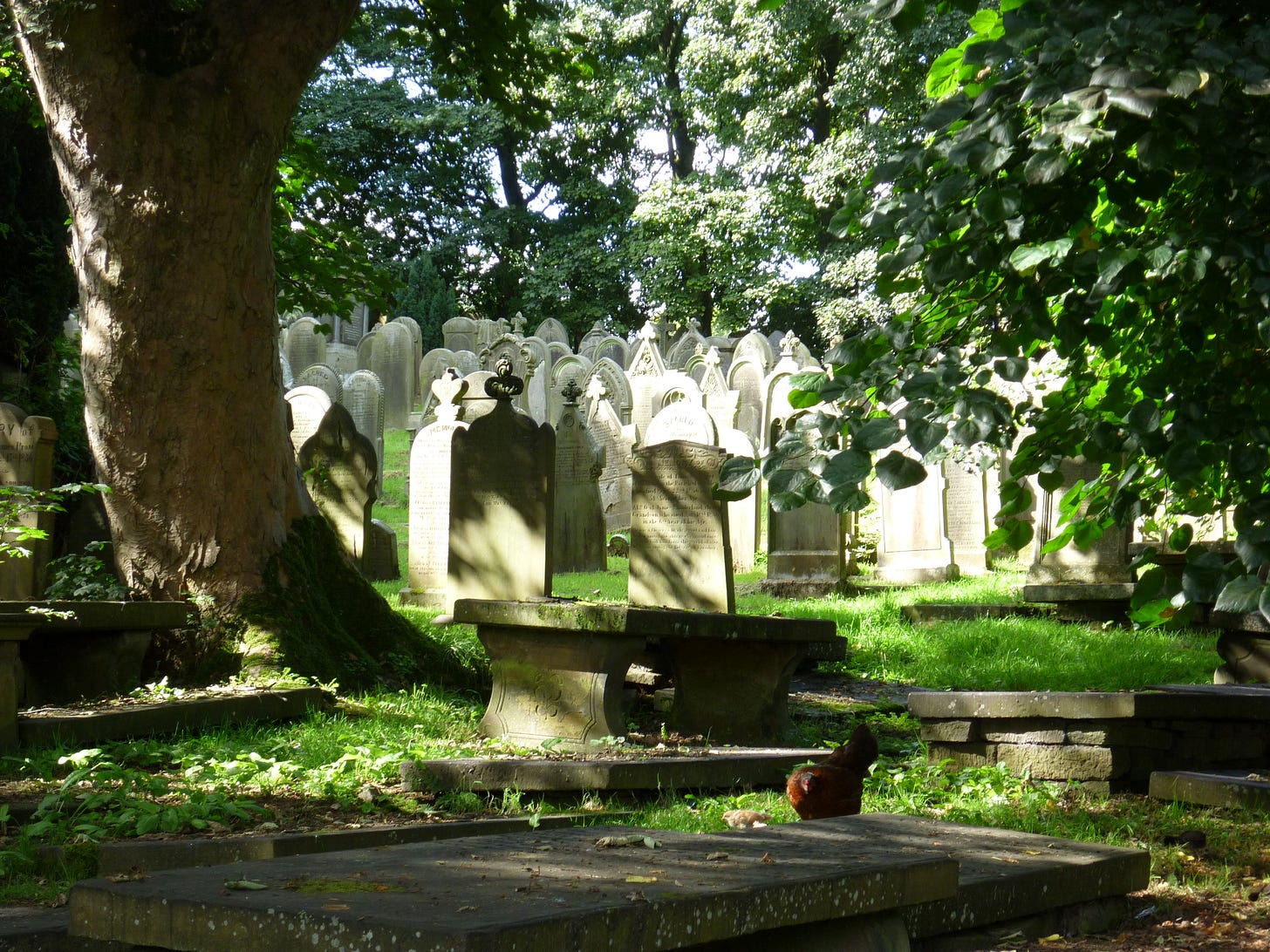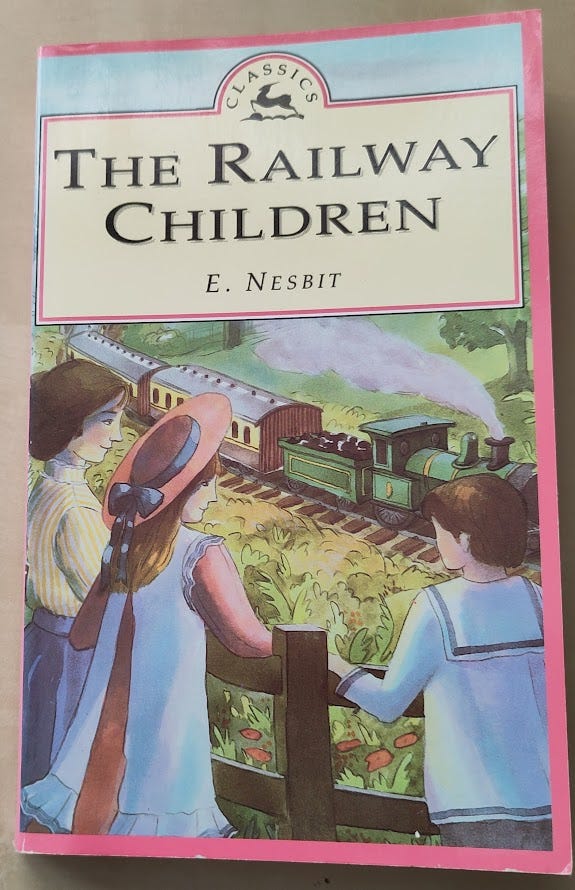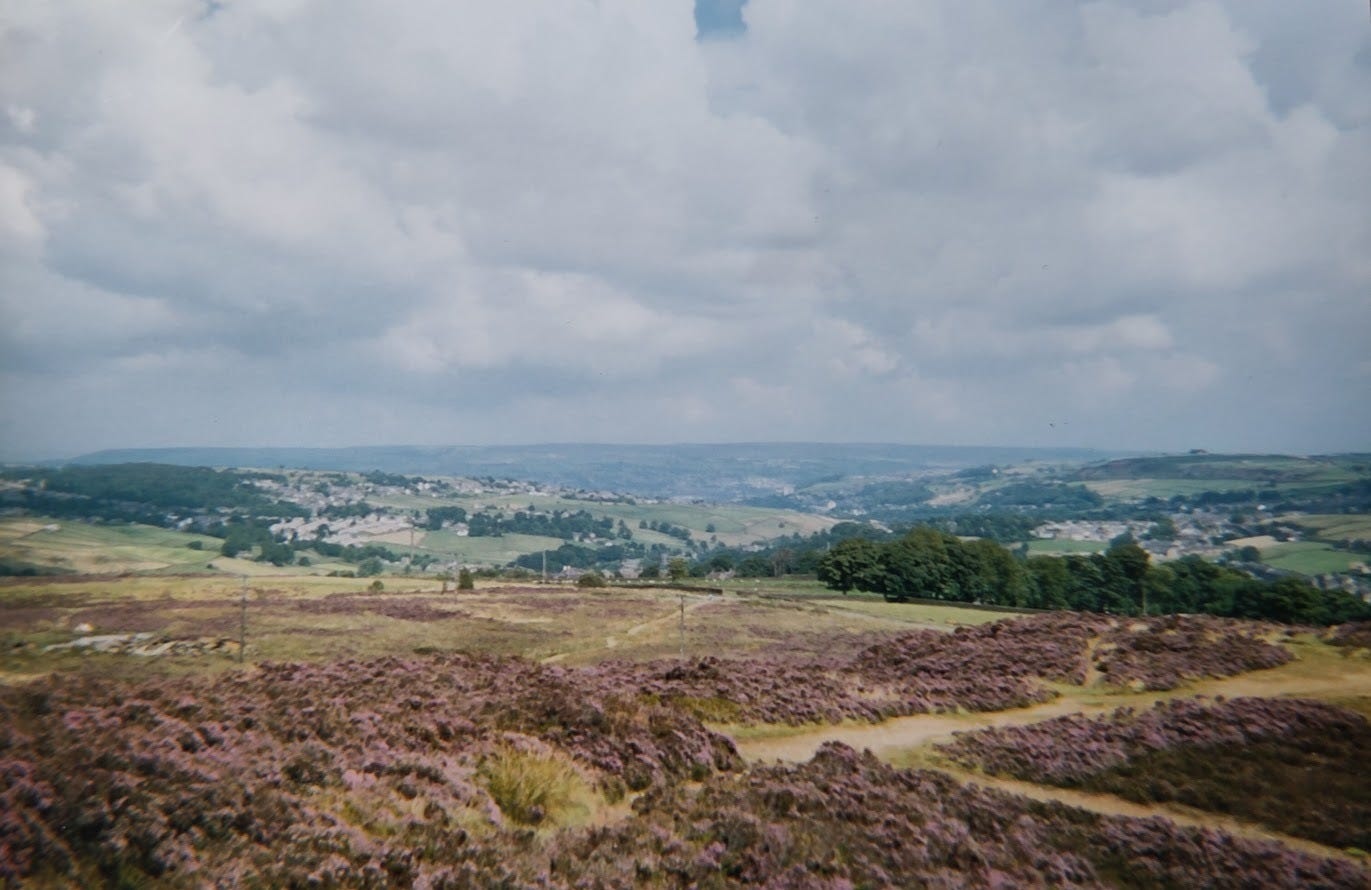Edith Nesbit’s classic novel was first published in full in 1906, following its serialisation in The London Magazine. It features a family – Mother, Roberta (Bobbie), Peter and Phyllis – who move from their comfortable London home to a house in what is usually assumed to be Yorkshire (although this isn’t directly confirmed on the page) following the temporary departure of their Father. Bobbie is the only child to learn the truth about his disappearance but not until much later on in the book.1
In common with most children’s stories, the first chapter covers a lot of ground, showing a happy family, the crisis and then the move. Nesbit sketches the characters and events with a sure hand, for example, the description of Phyllis as a girl ‘who meant extremely well’ tells you all you need to know. One of the strengths of the story is the way it neatly shows how children think and reason. Bobbie is often on the verge of adult understandings of people and the world, and Nesbit evokes this liminal state very well. It’s also a good example of narrators who step out of the story to address the reader directly, something we later see from C.S. Lewis who enjoyed Nesbit’s work as a child.
There were a couple of other things that struck me as I read. Firstly, how many of the things the children find entrancing about their new world are man-made rather than natural – it’s the canal, the railway with its trains, cuttings and tunnels, the aqueduct and the bridges that get the attention. In chapter two, when they leave the house on their first morning, the landscape serves to point to the railway:
It was a hilly country. Down below they could see the line of the railway, and the black yawning mouth of a tunnel.
Nesbit movingly explains the attraction:
They had lived all their lives in a street where cabs and omnibuses rumbled by at all hours, and the carts of butchers and bakers and candlestick makers (I never saw a candlestick-maker's cart; did you?) might occur at any moment. Here in the deep silence of the sleeping country the only things that went by were the trains. They seemed to be all that was left to link the children to the old life that had once been theirs.
Even in the garden Peter makes forts and earthworks for his toy soldiers before creating a model of the railway tunnel, the cutting, embankment, canal, aqueduct and bridges. The contrast between this and ‘The Secret Garden’, published only a few years later in 1911, where nature and the moorland Yorkshire landscape are celebrated is fascinating. Nesbit does evoke the natural world to good effect in the odd passage though, particularly in the poignant ending.
At the end of the field, among the thin gold spikes of grass and the harebells and Gipsy roses and St. John's Wort, we may just take one last look, over our shoulders, at the white house where neither we nor any one else is wanted now.
The other thing that jumped out at me was the way in which the book is essentially a series of rescue stories. The Russian Gentleman is taken in and then reunited with his family, the children prevent a train collision after a rock fall, they rescue a baby from a fire on a barge, Jim is rescued from the tunnel after breaking his leg and finally, the children’s father is returned to them via the good offices of the Old Gentleman. None of this is terribly subtle and there is probably far too much of deus ex machina in the plot and subplot resolutions to make the story an entirely satisfying read for adults, but it does keep the book moving along nicely and allows Nesbit to provide clues for astute young readers to spot.
In my mind, the railway of the book is forever associated with the Keighley & Worth Valley Railway – this isn’t simply because of its use in the famous 1970 film version starring Jenny Agutter and Bernard Cribbins, but is in large part because I spent a good chunk of my childhood living close enough to Keighley and Haworth to make them regular haunts.2 Rides on the railway were often a feature of the school summer holidays and mean that the sounds and smells of a trip are memories that overlaid my rereading of the book. The whistles, chugs, clanks, coal smoke and hot oil providing a sort of sound / scent track.

The Keighley & Worth Valley Railway opened in 1867, largely funded by the area’s wealthy mill owners. Meaning of course that it was too late for the Brontës themselves who would have needed to walk into Keighley to catch the train. Today’s literary pilgrims can arrive by train at the bottom of the village before walking up the steep street to the parsonage and the moors. In 1906 when ‘The Railway Children’ was published, the valleys were still home to industrial mill villages but Brontë related tourism was already beginning to make its mark. The first Brontë museum opened in 1895 above the Yorkshire Penny Bank on Haworth Main Street.
The branch line closed in 1962 but reopened as a heritage railway tourist attraction in 1968 by a volunteer led preservation society. The route begins in Keighley, where it connects to the regular rail network, running for five miles up the valleys through Oakworth and Haworth to Oxenhope. It’s the scenery of that route that provides my mental map of the world of ‘The Railway Children’, illustrating how places and stories can become entwined.
The way to the railway was all down hill, over smooth, short turf with here and there furze bushes and grey and yellow rocks sticking out like candied peel out of the top of a cake.
Most readers are probably familiar with this plot point but if you wish to avoid spoilers look away now… He is arrested and then sentenced to imprisonment for passing secrets to the Russians, making him a spy and a traitor in the eyes of the law and the press. He is eventually cleared and the real guilty party identified.
The film locations are explored in more depth in this BFI feature: https://www.bfi.org.uk/features/railway-children-yorkshire-locations and Oakworth station in particular on the KWVR website: https://kwvr.co.uk/visiting-the-kwvr/stations/oakworth-station/




Thank you, Shelley. I remember the book from childhood, and watching the film with my own children. I love the idea of ‘sound/scent’ reminders. If I close my eyes I can summon up those same reminders of the steam trains that passed the end of my boyhood garden. Have a lovely week!
Thanks, I love that book. It was originally published in installments which is why the chapters are self-contained. I have never seen the chapter with the canal boat baby, I don't remember it. Nesbit was very worried about how she was going to wrap the whole thing up, then was v happy because she saw how to do it.